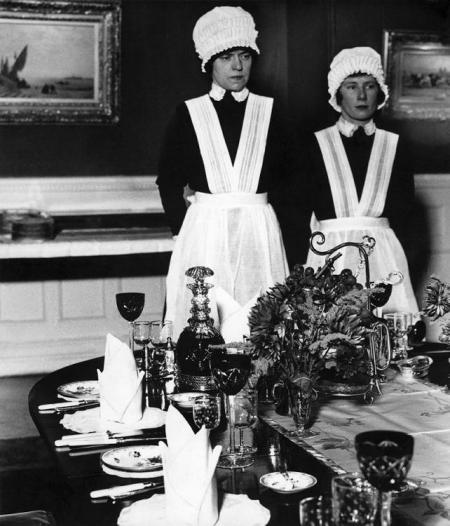I was asked to find out how did B+W become such a respected and trusted medium in documentary in Campany’s 2006 essay: ‘Bill Brandt’s Art of the Document’.
I didn’t find too much relating directly to how the black and white image became such a respected and trusted medium in documentary in Campany’s essay. The most I actually found was a description comparing two photographs: ‘with their cluttered foregrounds, flattened vertical backgrounds and bold interplay of black and white shapes.’ – (Campany, 2006). This last bit indicated for me that form was more important in black and white photographs than colour. Maybe Brandt realised this was a strength of his work as especially in his later years (1960s onwards), Brandt’s style of processing grew harsher. He ‘sacrificed the mid-tones for more modish graphic blocks of black and white’ – (Campany, 2006). The high contrast between black and white thus creating distinct form became even more important and helped him to create a status as a documentary artist – ‘his latest photography was pursued more openly as art’ – (Campany, 2006). It seemed to me that Brandt wanted to emphasise the form in his photographs to suggest juxtapositions and interplay within the frame through the black and white medium.
‘However, Dinner is Served is unusual in that something of those tensions is at play within its frame.’ – (Campany, 2006). Rather than a photoessay where meaning is put forward from one photograph to another – tensions being palpable between photographs, here is suggested the concept of a single-image narrative. By juxtaposing various elements within the frame, Brandt creates tensions in one photograph which Campany feels is unusual. I found this of interest because for my second assignment for documentary I have been asked to produce 8 single-image narratives of the same theme. By looking at the image ‘Parlourmaid and Under-parlourmaid Ready to Serve Dinner’ which juxtaposes the foreground elements with the similar yet contrasting faces of the two parlour maids, I could potentially gain some insight into how to create single-image narratives.

I was also pulled into the world of the Surrealists. Their photographic document was a ‘charged, enigmatic fragment that left as much known as it revealed, coaxing the viewer back onto their own judgement or imagination.’ – (Campany, 2006). This offered a solution to the problem I was experiencing where my work was aiming to be a literal visual document, mainly denoting but not connoting much. Brandt himself was wary of this approach: ‘he remained unconvinced of the efficacy of the photograph as a means of straightforward social description’ – (Campany, 2006). By perhaps using visual metaphors and unresolved connotations I could get across the meaning I was aiming to convey to the viewer in the context of a theme.
References:
Brandt, B. (1936). Parlourmaid and Under-parlourmaid Ready to Serve Dinner. [Photograph].
Campany, D. (2006). Bill Brandt’s Art of the Document. [online] David Campany. Available at: http://davidcampany.com/bill-brandts-art-of-the-document/ [Accessed 22 Feb. 2017].
